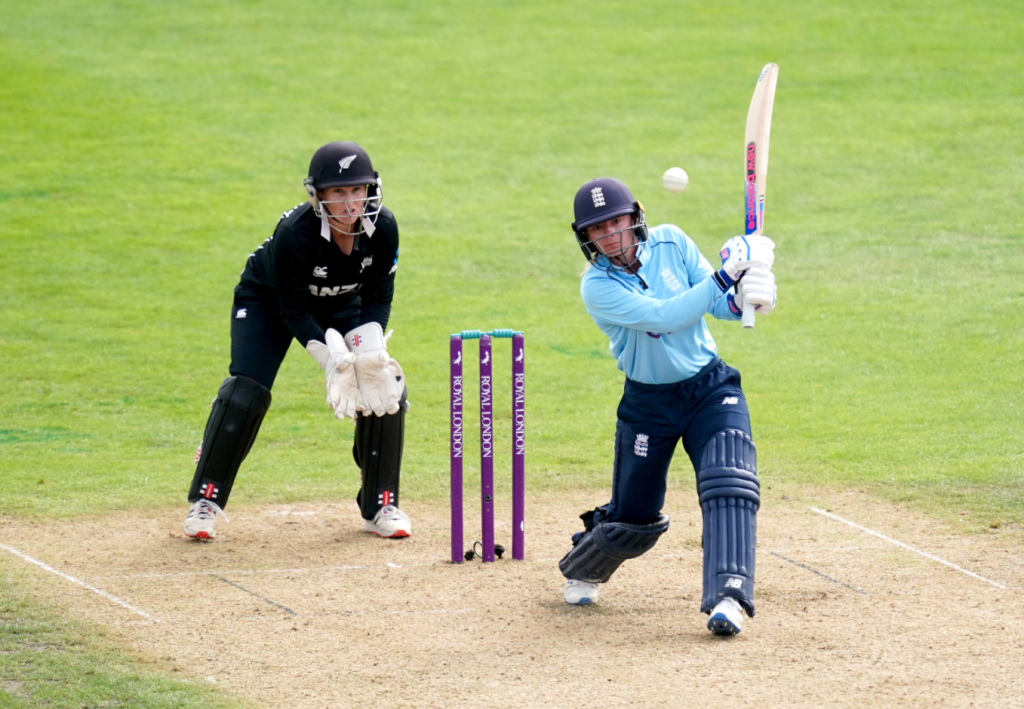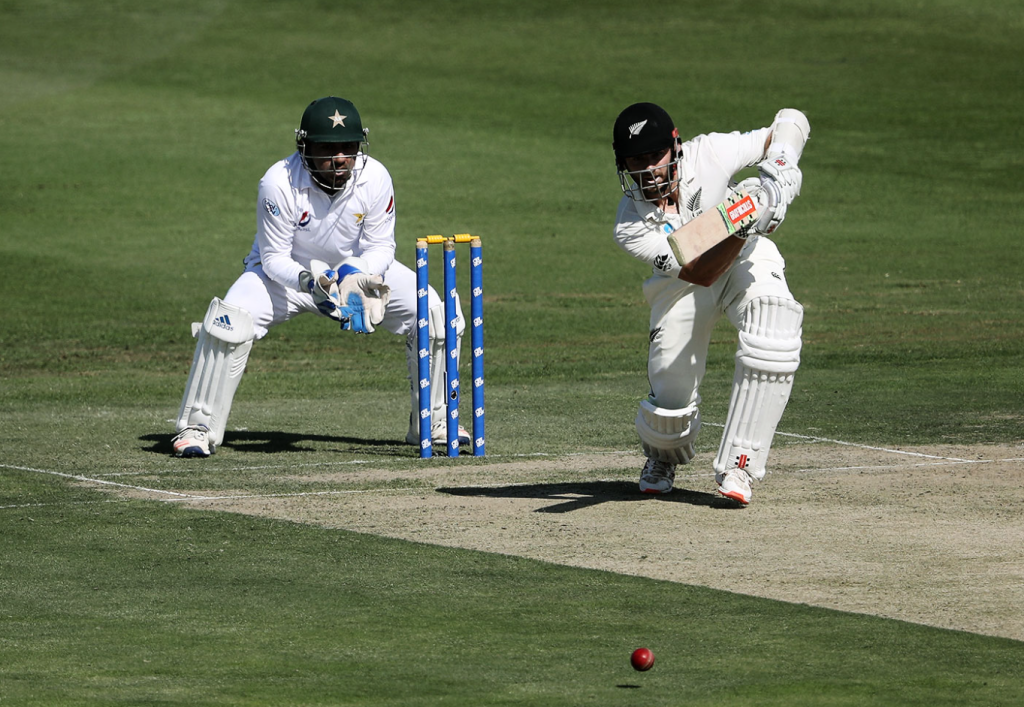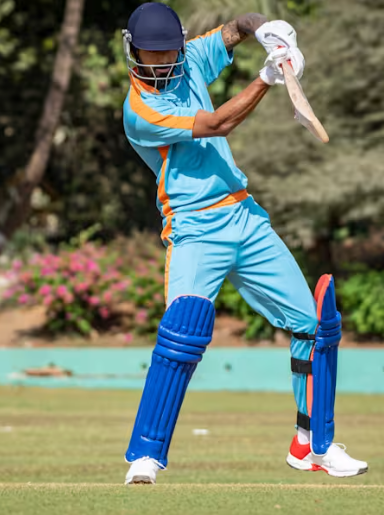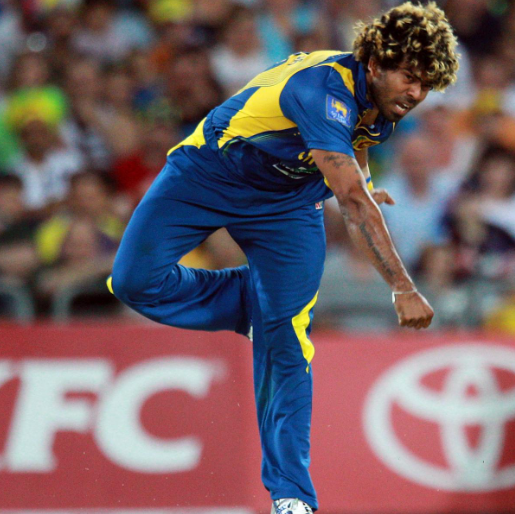Cricket is a sport filled with intriguing possibilities and unique records. One of the most fascinating scenarios to ponder is achieving the highest possible score without scoring a single run. This theoretical scenario examines how a team or individual can accumulate runs purely through extras such as byes, leg byes, wides, and no-balls. While such an occurrence has never happened in professional cricket, exploring its theoretical framework is a fun exercise for cricket enthusiasts.
Understanding Extras In Cricket

Extras are runs awarded to the batting side due to errors or infringements by the bowling or fielding side. They do not count as runs scored by the batsman but are added to the team’s total score. The types of extras include:
| Type of Extra | Description |
|---|---|
| Byes | Runs awarded when the ball passes the batsman and wicketkeeper without contact. |
| Leg Byes | Runs awarded when the ball hits the batsman’s body (excluding the hand holding the bat) and no attempt is made to play the ball. |
| Wides | Runs awarded for deliveries deemed too wide for the batsman to reach. |
| No-Balls | Runs awarded for overstepping the bowling crease or other illegal deliveries. |
Building The Hypothetical Maximum Score

To construct the highest possible score without scoring a single run, we assume a situation where all runs come from extras. Let’s break this down step by step:
1. No-Balls and Wides
No-balls and wides are the primary contributors to extras. Each no-ball and wide delivery adds one run to the total score. Additionally, these deliveries allow for extra balls to be bowled in the over, creating more opportunities to accumulate runs.
2. Overthrows
Overthrows occur when fielders attempt to stop or throw the ball and it results in additional runs. Hypothetically, each extra ball could result in overthrows, compounding the runs.
3. Unlimited Overs
In this scenario, we assume a match situation where no time or over-limit restrictions exist. This would allow the batting side to exploit every extra delivery indefinitely.
Theoretical Framework
Let’s calculate the maximum score possible in one over without any legitimate runs being scored.
Step 1: Calculating Extras in an Over
- Each legal over consists of 6 deliveries.
- However, wides and no-balls extend the over, adding additional deliveries.
- Suppose every ball in an over is a no-ball or wide. Each delivery contributes 1 extra run and must be rebowled.
Step 2: Adding Overthrows
- If every delivery also results in overthrows, the potential runs per delivery increase.
- Assume 5 overthrows occur per delivery (a plausible hypothetical maximum).
- Total runs per delivery = 1 (wide/no-ball) + 5 (overthrows) = 6 runs.
Step 3: Total Runs in One Over
If every ball in the over is a wide or no-ball with overthrows:

| Delivery | Type of Extra | Runs Awarded |
|---|---|---|
| 1 | No-Ball + 5 Overthrows | 6 |
| 2 | No-Ball + 5 Overthrows | 6 |
| 3 | No-Ball + 5 Overthrows | 6 |
| 4 | No-Ball + 5 Overthrows | 6 |
| 5 | No-Ball + 5 Overthrows | 6 |
| 6 | No-Ball + 5 Overthrows | 6 |
- Total runs per over = 6 deliveries x 6 runs = 36 runs.
However, because no-balls and wides result in additional deliveries, the over can theoretically continue indefinitely.
Step 4: Unlimited Over Extension
Historical Context: Instances Of High Extras
While the scenario described above is purely hypothetical, there have been instances in cricket history where extras contributed significantly to the total score. Below are some notable examples:
| Match | Extras Conceded | Description |
|---|---|---|
| West Indies vs. Pakistan (1989) | 71 | Pakistan conceded 71 extras, including 21 no-balls and 22 wides. |
| India vs. Pakistan (2004) | 59 | Extras formed a large part of the total score. |
| England vs. South Africa (2008) | 60 | England’s extras totaled 60 due to inconsistent bowling. |
While these figures are far from the theoretical maximum, they showcase how extras can substantially inflate a score.
Challenges And Real-World Constraints

1. Bowling Discipline
2. Fielding Adjustments
Fielding teams would adjust their strategy to minimize overthrows or misfields, making it nearly impossible to sustain the hypothetical scoring pattern.
3. Match Regulations
Modern cricket rules include penalties for teams that deliberately waste time or bowl excessive extras. These regulations prevent teams from exploiting the scenario.
Hypothetical Score Calculation
To illustrate the potential score, let’s assume the following scenario:
- 1,000 deliveries bowled as wides or no-balls.
- Each delivery results in 6 runs (1 extra + 5 overthrows).

| Factor | Calculation | Result |
|---|---|---|
| Total Deliveries | 1,000 | 1,000 |
| Runs per Delivery | 6 | 6,000 |
| Total Score | 1,000 x 6 | 6,000 |
The highest possible cricket score without scoring a single run is an intriguing concept that highlights the complexity and unique scenarios in cricket. While such a score is highly unlikely in real-world matches due to practical constraints and regulations, it serves as a fascinating thought experiment.
This scenario underscores the importance of bowling discipline, fielding accuracy, and adherence to the spirit of the game. It also reminds us of cricket’s ability to inspire creative thinking and hypothetical debates, which are part of its enduring charm.

